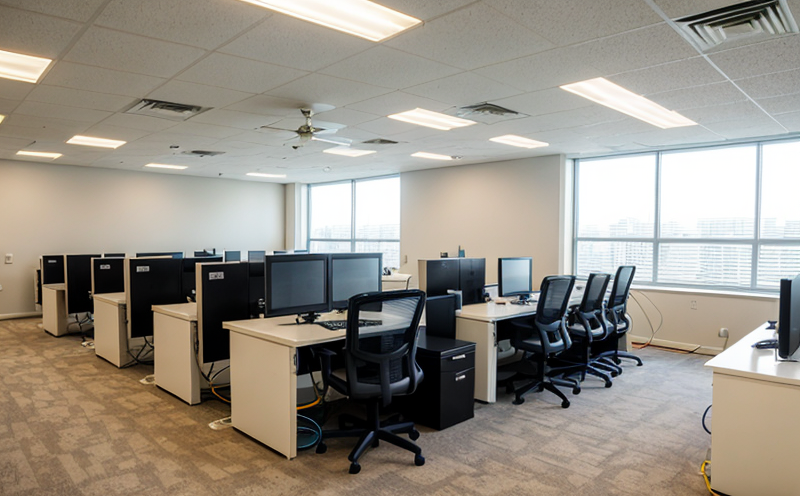IEC 60969 Energy Efficiency Testing of Self Ballasted Lamps
The International Electrotechnical Commission (IEC) Standard IEC 60969 is a critical document that sets the benchmark for ensuring energy efficiency in self-ballasted lamps. This standard is particularly relevant for lighting manufacturers, quality managers, and compliance officers who need to ensure their products meet stringent international standards.
Self-ballasted lamps are those where the ballast is integrated into the lamp itself, eliminating the need for an external power supply unit. These lamps are widely used in various applications including automotive headlamps, street lighting, and other vehicular lights. The energy efficiency of these lamps plays a crucial role in reducing overall electricity consumption, thereby contributing to environmental sustainability.
IEC 60969 focuses on the measurement of luminous flux, power consumption, and color parameters which are key determinants of the lamp's energy efficiency. Compliance with this standard is essential for manufacturers as it ensures that their products meet international quality standards, leading to better market acceptance and reducing the risk of non-compliance penalties.
The testing process involves a series of precise measurements conducted in controlled conditions. The lamps are subjected to various environmental stress tests such as temperature cycling, humidity exposure, and vibration to ensure they maintain their efficiency under real-world operating conditions. This is crucial for products that will be used in harsh environments or subjected to frequent changes in temperature.
The test setup typically includes specialized equipment capable of accurately measuring the lamp’s power consumption and luminous flux. The lamps are connected to a load box which simulates actual operating conditions. Colorimetric measurements ensure that the color rendering index (CRI) remains within acceptable limits, thereby maintaining visual quality.
Once testing is complete, detailed reports are generated summarizing all test results. These reports serve as evidence of compliance with IEC 60969 and can be used for marketing purposes or to satisfy regulatory requirements. The data provided in these reports allows manufacturers to make informed decisions regarding product improvements and optimizations.
Compliance with this standard not only enhances the reputation of a manufacturer but also ensures that their products are reliable, efficient, and environmentally friendly. It is a testament to the company’s commitment to quality and sustainability.
- Customer Impact and Satisfaction: Compliance with IEC 60969 leads to higher customer satisfaction as it ensures that the lamps perform consistently under varied conditions. This reliability translates into lower maintenance costs and extended product life, which are significant factors in customer decision-making processes.
The standard is widely recognized globally, making it easier for manufacturers to enter international markets without facing additional barriers due to non-compliance issues. This opens up opportunities for export and collaboration with international partners, further enhancing market penetration and business growth.
For R&D engineers working on new lamp designs or improving existing models, adherence to IEC 60969 provides a clear roadmap for development. The detailed testing procedures and acceptance criteria outlined in the standard serve as benchmarks that can guide innovation efforts towards more efficient and environmentally friendly solutions.
Applied Standards
The International Electrotechnical Commission (IEC) is responsible for setting international standards, including IEC 60969, which specifically addresses the energy efficiency testing of self-ballasted lamps. This standard ensures that all lamps meet certain benchmarks in terms of luminous flux, power consumption, and color parameters.
IEC 60969 is closely aligned with other international standards such as ISO 52648 for light emitting diodes (LEDs) and EN 13092 for vehicle lighting systems. The harmonization of these standards facilitates easier trade between countries by ensuring compatibility across different markets.
The standard requires that all self-ballasted lamps undergo rigorous testing procedures to verify their compliance with specified limits on power consumption and luminous flux. These tests are conducted using standardized equipment and methodologies, ensuring uniformity in the evaluation process worldwide.
Compliance with IEC 60969 is not only mandatory for manufacturers but also beneficial for end-users who benefit from energy-efficient lighting solutions. By adhering to these stringent standards, manufacturers can contribute significantly towards reducing global carbon footprints and promoting sustainable practices within the industry.





